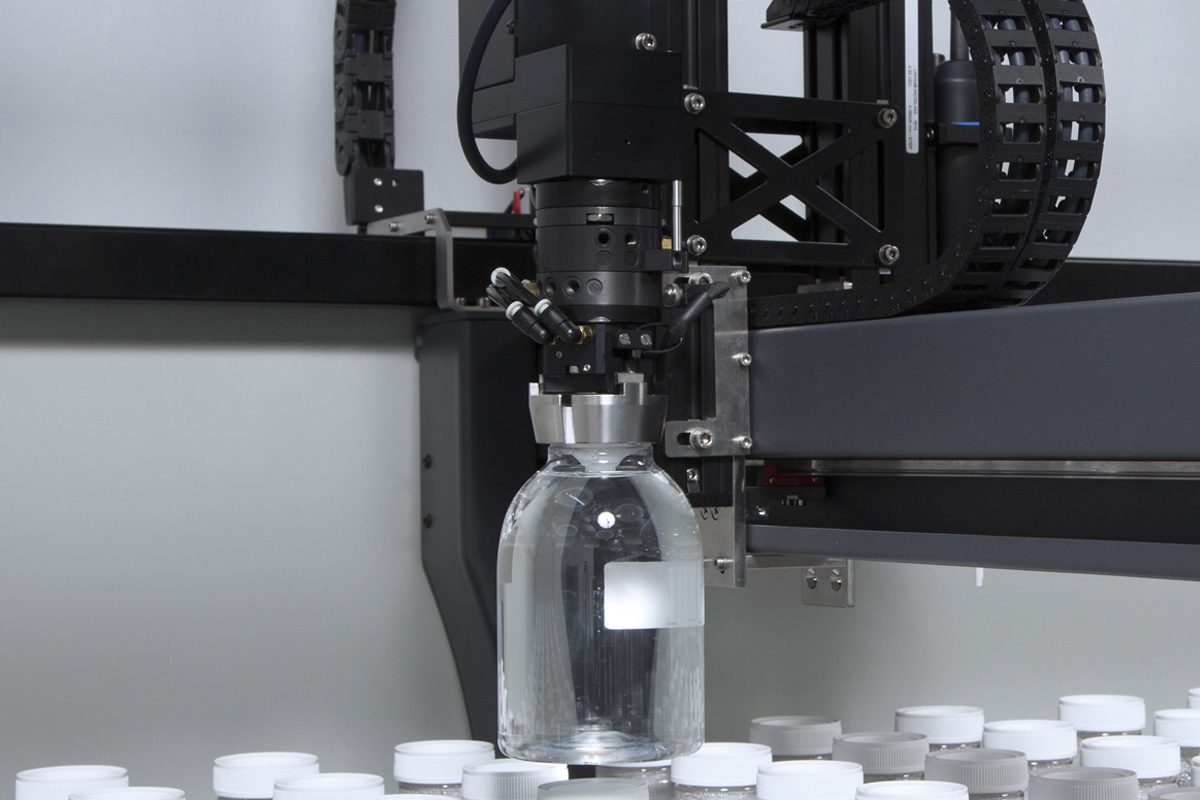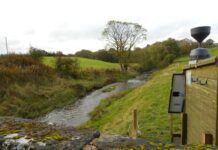UK laboratories are under increasing pressure to undertake a wider range of tests; to test more samples, and often to do so with less staff. Consequently, there is a strong drive for automation in the laboratories of water and wastewater companies, analytical service providers and research institutions. Automation presents an opportunity to lower labour requirements and to extend the working day of laboratories. Responding to this need, the Dutch company Skalar, with offices near Milton Keynes, has developed a fully automatic water testing robot, the SP2000.
This latest development for water testing laboratories automates both sample preparation and analysis, including the measurement of oxygen, pH, alkalinity, colour (UV/VIS), EC and turbidity in drinking water, surface water and wastewater.
Samples are collected during the day and brought into the laboratory at the end of the working day. Overnight, the sample collection bottles are directly loaded on two SP2000 platforms. This avoids any additional manual sample handling, enabling the laboratory to use the same bottles throughout its entire process. A sample table is created and the analyzer is started.
Automated procedure
The first sample bottle is picked up and transferred to the decapping device.
The barcode on the bottle is scanned to check the sample ID and to obtain the analysis parameters, which need to be executed on this sample.
The bottle is decapped immediately followed by oxygen measurement.
After mixing, a predefined amount of sample is dispensed in the first titration vessel. The pH is measured before the alkalinity titration starts.
The sample is again mixed, an amount is pumped through a paperband filter prior to colour measurement and an amount is pumped through a flow cell to measure EC/turbidity.
The sample bottle is closed and transferred back to the sample rack.
The second sample is picked up and the complete procedure is repeated. For optimum sample throughput the alkalinity titration of this sample is performed in a second titration vessel.
In between measurements, the titration vessels, stirrers, probes, tubing, flow through cells and pipetting needles are rinsed to avoid any carry over.
Results are displayed on a screen and can be printed or exported to a LIMS system and other external software packages.
By automating both preparation and analysis, the SP2000 robot offers water laboratories a complete ‘walk-away’ concept. The robot has been developed for use with the original sample collection bottles and the analysis is automatically performed by scanning the barcode on this sample collection bottle.
The system features a dual titrator to enable a higher sample throughput, and manual sample transfer is avoided because sample collection bottles can be placed directly on the analyser.
Automatic barcode scanning checks the sample ID and identifies the analysis parameters. A paper band filter is also included to allow the analysis of particle laden water samples. Colour can be measured by UV/VIS and the system can be expanded to include Fluoride and Hardness analysis. The system is also compatible with a wide variety of meters and probes.
Summarising, UK Manging Director Haydon Warner says: “By automating several of a water testing laboratory’s most common tests, the SP2000 robot can dramatically increase sample throughput, whilst also freeing staff for other work. At the same time, automation reduces opportunity for human error and improves repeatability.”







